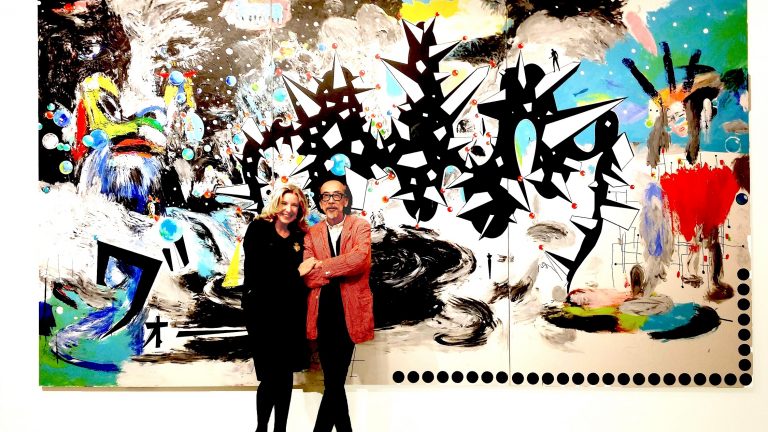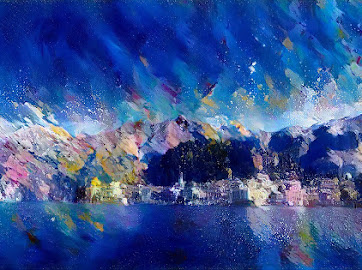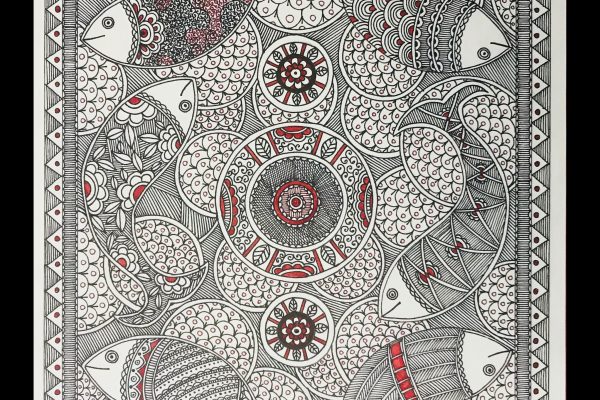It was a charmed life. Animated dinners with Marc Chagall and Georges Braque, hopscotching from Paris’ Left Bank to the Meditteranean, and driving along the glittering Côte d’Azur. During these evening get-togethers, those art world luminaries would discuss their latest paintings, and often play with Yoyo Maeght. The youngest daughter of Paulette and Adrien Maeght, she loved the rarified conversations swirling around her. A perky girl with an active imagination, she savored this first taste of entertaining artists, and hearing about their seemingly limitless explorations. But Yoyo’s life started off on a far more discordant note. Paulette looked at her one day, and perhaps comparing Yoyo to her two sisters, she mockingly said, “you’re so ugly, like a rat.”
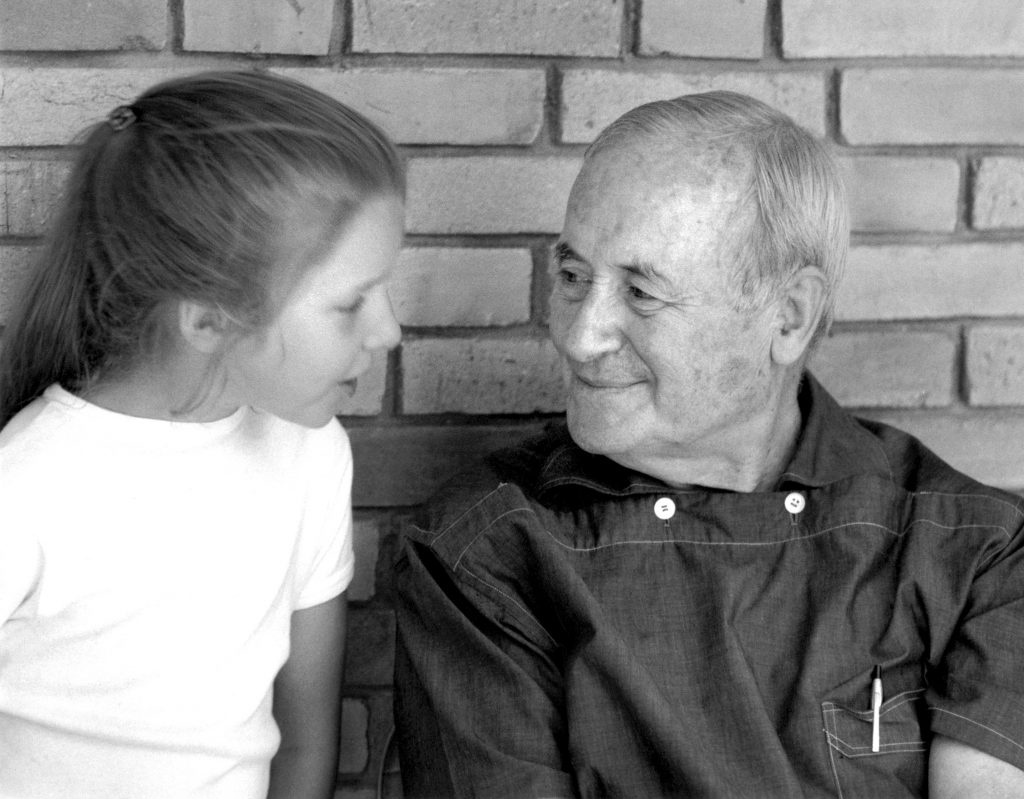
So discontented with their child, the Maeghts greeted her with a rather shocking surprise to mark her sixth birthday. Hoping to be feted with a frilly, fairy princess costume, she selected one on a shopping trip with Paulette. Her excitement grew leading up to the party, and once that momentous day arrived, she expectantly opened the gift. Instead of being enthralled, she began to cry uncontrollably, discovering it was a witch’s outfit. Such moments are only small fragments of Yoyo’s checkered survival tale. Even more disturbing than witches and fantasies gone awry, the Maeghts created a grand illusion of deceit that has the hallmarks of a Gothic horror tale.They lied to Yoyo, a former gallery owner, writer, and curator of numerous high-profile international art exhibitions. Cruelly, they told her she was an abandoned nobody, found through their good graces on a deserted Left Bank street in Paris. That she was adopted.
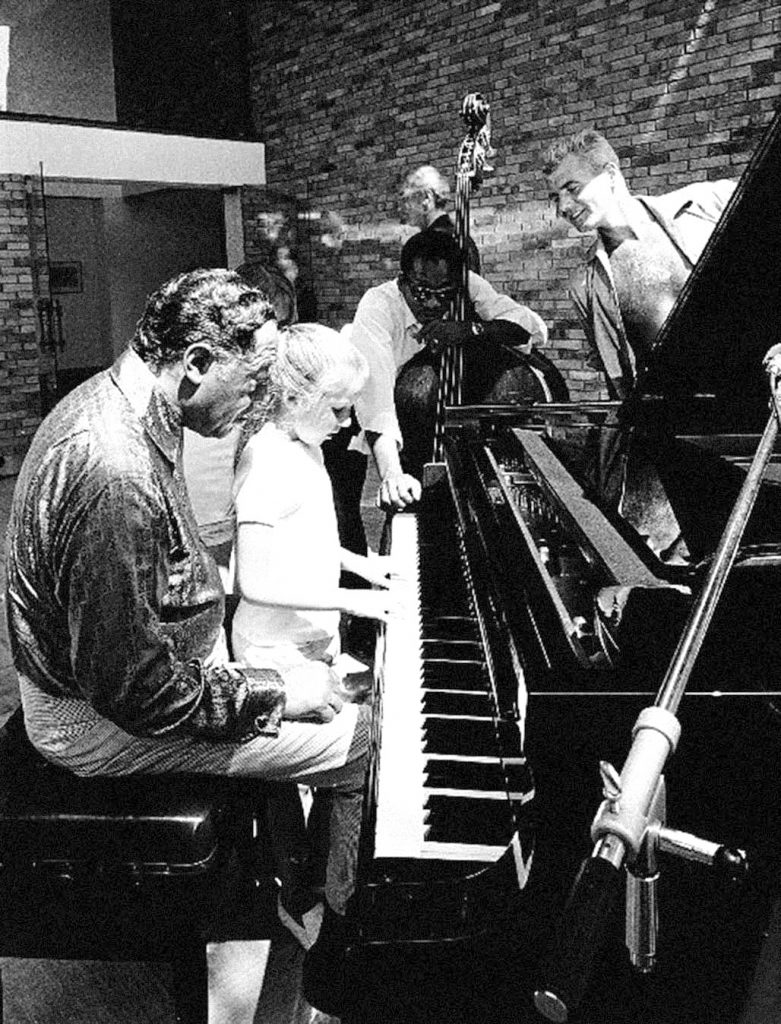
It took nearly ten years for this story of duplicity to unravel. The la jeune amie of fabled artists who influenced her early interest in art, icons like Alexander Calder and Joan Miró, the precocious child began to question the charade. Talking about this deception to Bonhams Magazine years later, she diplomatically downplayed the deception, saying, “they all thought it was funny. A joke…Everyone was a surrealist (with) strange minds.” But the young Yoyo was intent on learning about her abandonment. She’d ask her parents to fill in the blanks, and Paulette would harshly snap, “shut up.” Adapting to the hurts, Yoyo managed to appreciate the brilliance flourishing around her. Memories of living with creative genius are now evocative snapshots in the recently-published La Saga Maeght, a rich cultural history. It teems with glittering names, personalities like Yves Montand, Calder, and Miró (he loved drawing birds). Her parents made her “unhappy everyday,” but she’d forget that turning up unannounced on the doorsteps of Braques or Miro’s doorsteps to play. She also went to her grand-father Aimé Maeght, benefactor and trusted friend to Alberto Giacometti, Henri Matisse, and Chagall. The founder of Fondation Maeght in Saint-Paul-de-Vence, he was a French Medici, a legend who turned a Cannes atelier into a still-thriving mecca for revered 20th Century art. Aimé rescued Yoyo from the shadows. As she reveals in La Saga, a work that will be translated into English in 2022, he ultimately grew disgusted with her parents’ lies.
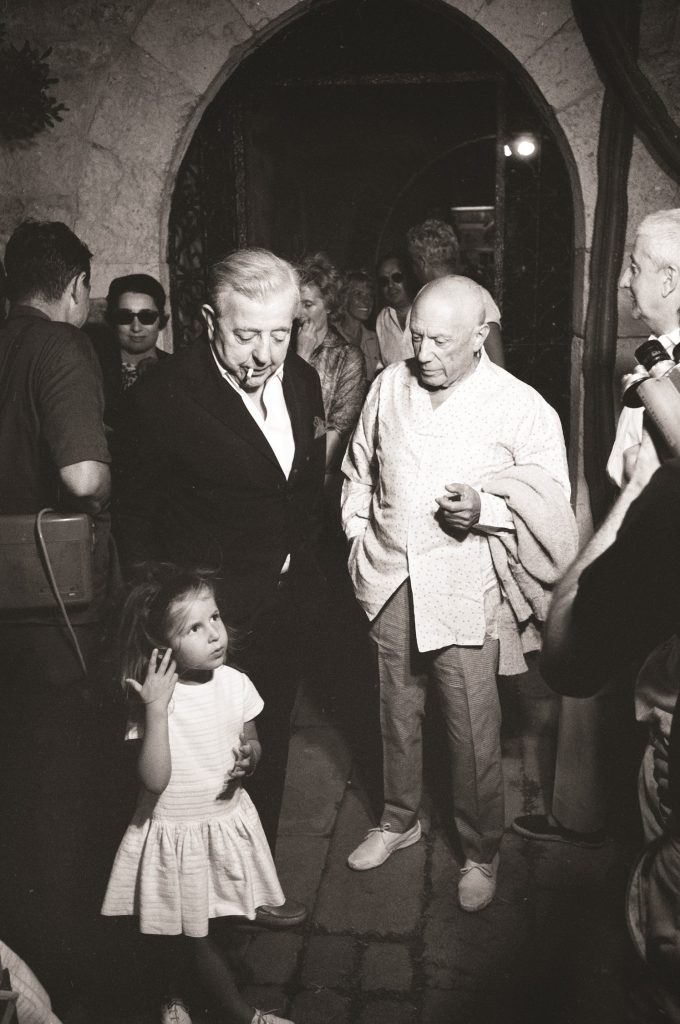
Aimé forcefully demanded that they respect her birthright–to stop “pushing” her out–and sanity was somewhat restored, at least temporarily. Now recalling that her asking those “thousands of questions” led to Aimé’s intervention, Yoyo goes on to say, “It’s hard to imagine all the wonderful life experiences I’ve received from artists and creators as extraordinary as they are different, like Yves Montand, Jacques Prévert, James Baldwin, Miró, or today, Aki Kuroda. “As I have always been very curious and talkative, I believe that they enjoyed passing me their knowledge, their humor, their simplicity and above all, their ‘émerveillement’ (sense of wonder).” Marquee personalities, along with insights into their basic humanity, give La Saga its essential energy. It’s indeed a saga, a 5-decade long tribute to Aimé’s discovering some of the brightest stars that still stir our imagination.
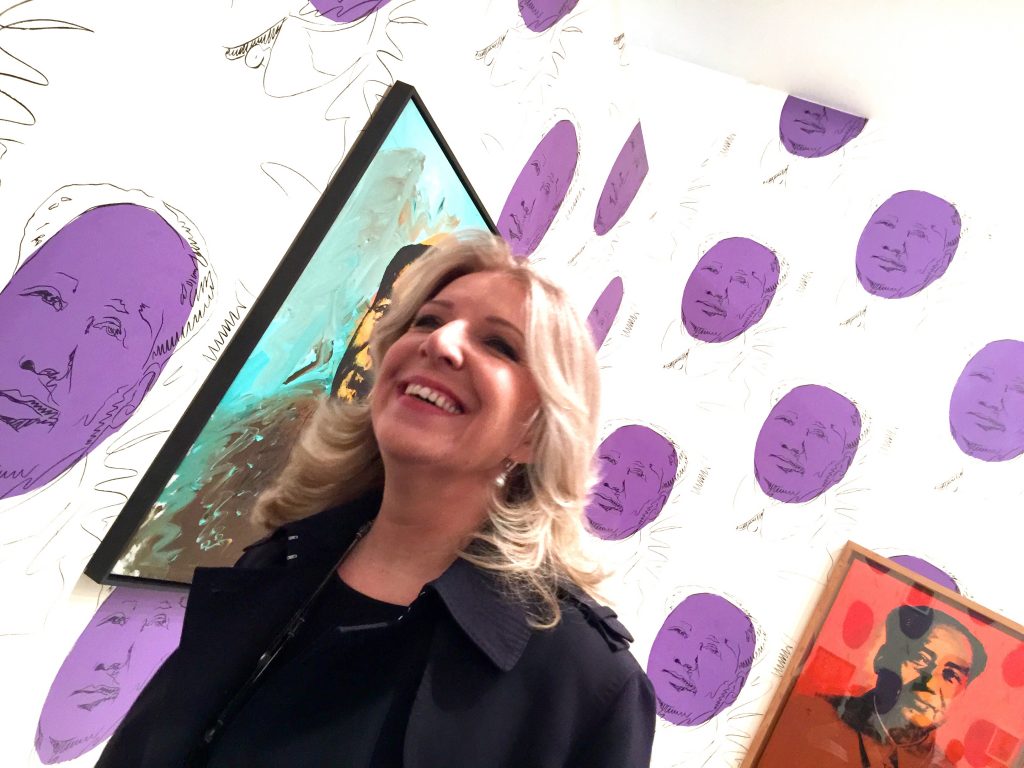
In Yoyo’s anecdotes and amusements, she often takes a secondary role to the herculean personalities that dominate these pages. There’s still no denying what she’s accomplished, her regaining her identity, and escaping a bizarre, surrealistic duplicity to become a strong feminine voice in the art world. That journey has led to controversies, especially after Aimé died. There were disagreements over managing the Fondation, and wrangling over the estimated 100 million Euro inheritance. Even more illustrative of the Maeght’s dysfunction, sister Isabelle complained to the police that Yoyo stole a Fondation computer detailing the art holdings. More nastiness ensued in 2015, and after Yoyo was forced to take a DNA test to prove her innocence, words like “greed” and “jealousy” further weakened family bonds.Through all these contretemps, Yoyo has her book’s English translation to look forward to. She might also be riding a wave. During the current spate of TV dramas with female heroines wrestling with identity issues, family squabbles, and dominating men, she could well inspire another series– a liberated woman refusing to be treated like a plaything.
Written By Edward Kiersh
https://www.instagram.com/yoyomaeght/
https://www.linkedin.com/in/yoyo-maeght-3a6b4944/
https://www.facebook.com/yoyo.maeght.officiel/

